Minds On
The greenhouse effect
What is the greenhouse effect?
Access the following video to learn more about the greenhouse effect.
As you explore the video, record any new learning in a notebook or another method of your choice
After exploring the video, respond to the following questions:
- Explain how the greenhouse effect makes Earth an ideal place for different living things.
- How are greenhouse gases changing and what effect does it have on society and the environment?
- What role are satellites playing in our understanding of climate change?
Record your thoughts in a notebook or another method of your choice.
Action
Space exploration technology
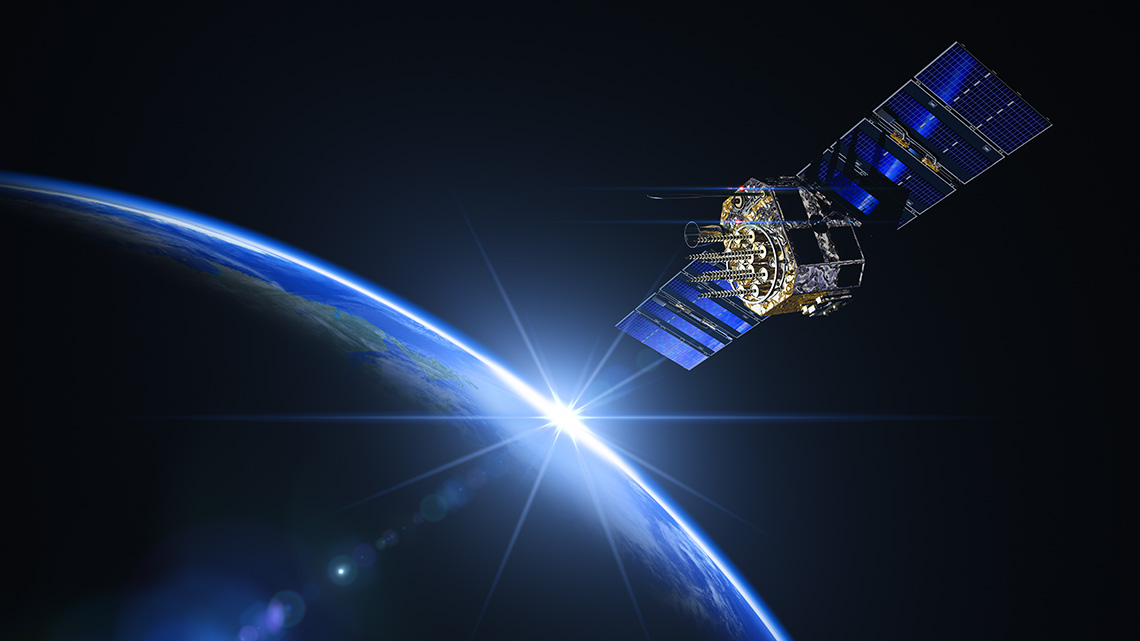
The climate is changing quickly, and researchers and scientists are using technologies to study these changes. Space exploration technology refers to tools, equipment, and techniques that are used to explore and study various aspects of Earth and the climate.
So, how can space technology be used to study changes on Earth?
Explore the following information about different space technologies that are used to study, observe, and understand changes on Earth, including climate change.
As you explore, take research notes on what you are learning. You may choose to independently conduct additional research as well.
Check out this video to learn about the steps of the Scientific Research Process.
Complete the “Space Exploration Technologies” chart in your notebook or using the following fillable and printable document. If you would like, you can use speech-to-text or audio recording tools to record your thoughts.
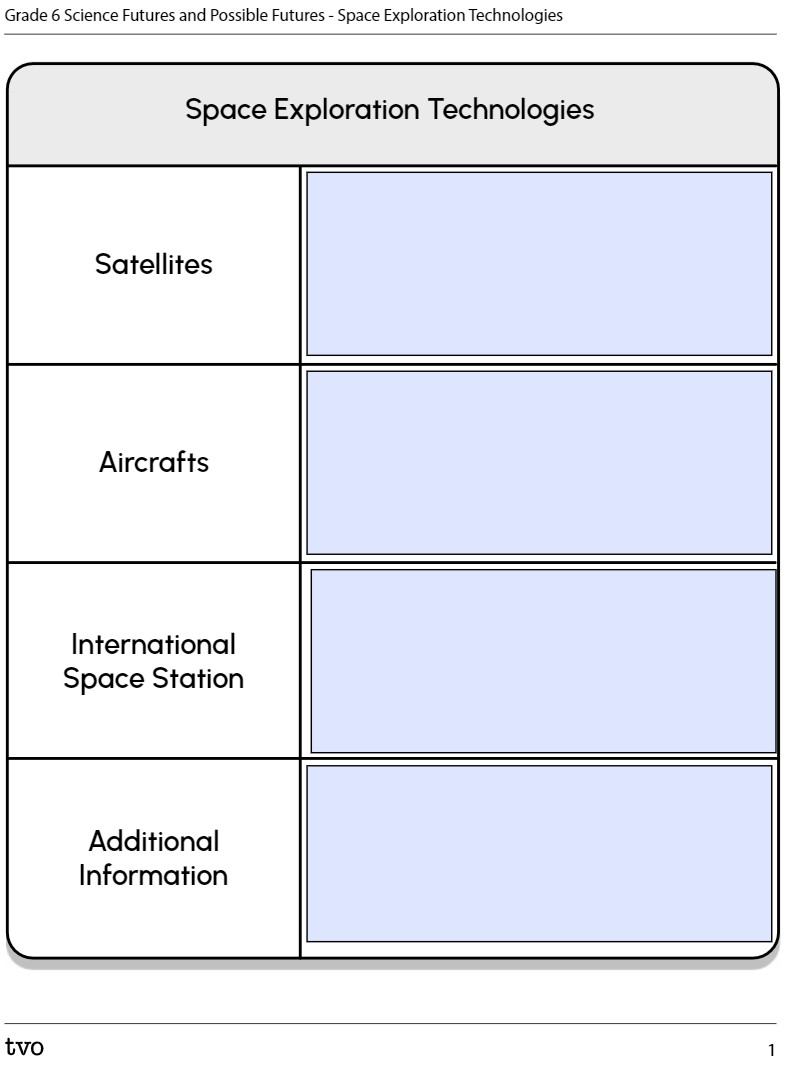
Press the Activity button to access Space Exploration Technologies.
Activity (Open PDF in a new tab)Satellites
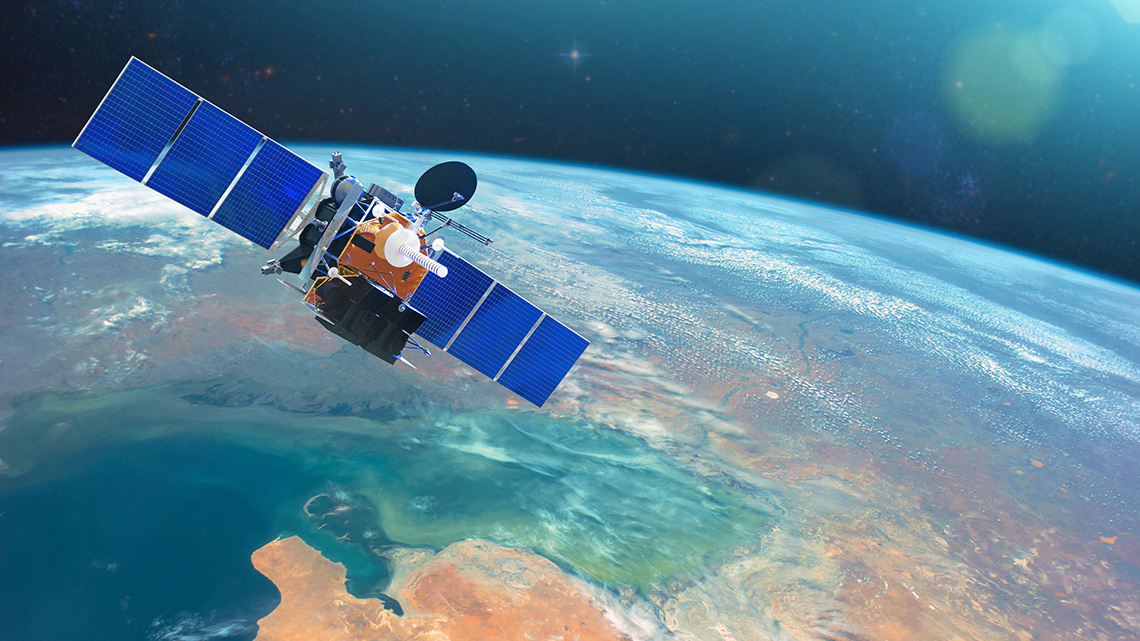
One of the primary space exploration technologies that is used to study earth is satellites. Satellites are launched into space and typically have cameras and sensors that take pictures, measure temperatures, and communicate findings with scientists on earth.
Satellites can capture the impacts of climate change on a large scale and help to propose possible solutions. They can record information about:
- Greenhouse gas levels
- Natural disasters
- Ozone layer
- Air quality
- Soil moisture
- Changes in ecosystems
Canada currently has various satellites launched in space to observe and record information about climate change.
Press the following tabs to explore examples of satellites and their purposes.
As you explore, add any additional information to your graphic organizer or record it in another method of your choice.
CloudSat is used to gather information on clouds, such as thickness, height, and amount of water and ice they are holding. This helps scientists study the water cycle and solar energy, which impacts climate change.
The Odin satellite contains an instrument that measures the ozone layer around earth, including pollution and air quality. This data helps scientists understand the impact that humans have on climate change.
RADARSAT satellites are used to examine forests and areas that have been impacted by forest fires. This helps scientists to rebuild forests after a fire and prevent future ones from happening.
These satellites monitor natural disasters (i.e., flood, drought, hurricanes) around the world. Emergency response teams use this data to monitor and assess natural disasters and plan responses when needed.
SMOS measures soil moisture and the sea surface, which helps scientists understand the water cycle and track snow and ice. They can better understand how climate change is impacting ice levels.
Aircrafts
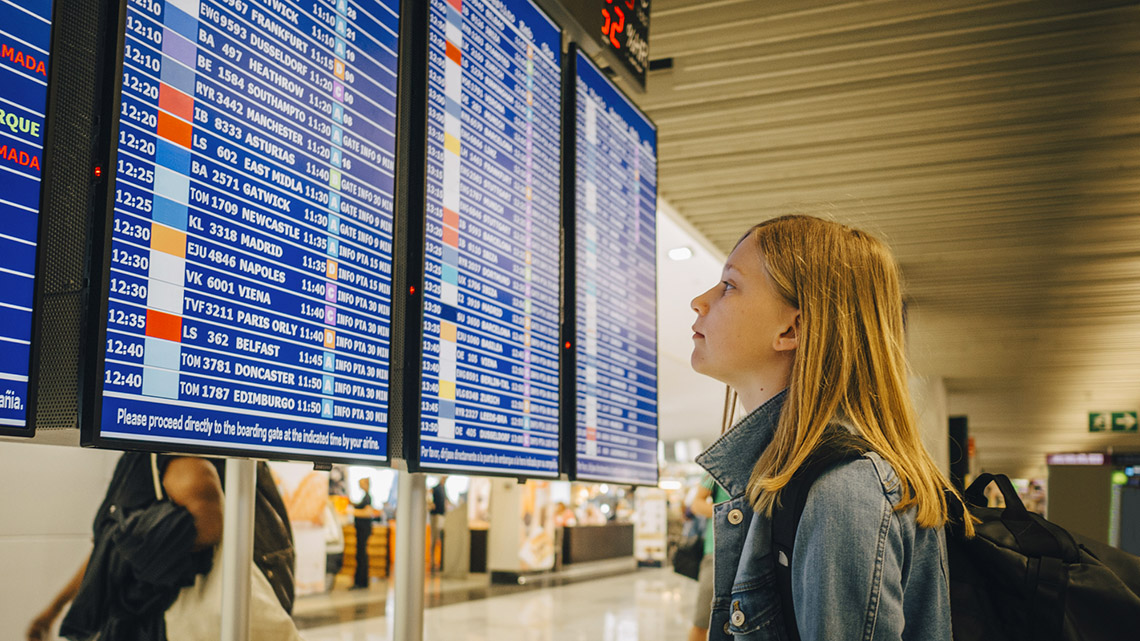
The Electric X-57, NASA’s first all-electric X-plane.
Aircrafts are another example of a space technology that plays an important role in studying climate change on Earth. NASA uses various aircrafts to collect information about Earth’s atmosphere, sea ice, glaciers, and ice sheets to help them better understand the earth and climate change. One mission they are currently working on is ACTIVATE.
ACTIVATE stands for Aerosol Cloud Meteorology Interactions over the Western Atlantic Experiment and involves two aircrafts.
One aircraft collects measurements of gasses, aerosols, clouds, and weather conditions (i.e., temperature, humidity, winds) in the atmosphere.
The second aircraft flies 8-10 km above the first one and measures the same things to see how far they spread. This helps scientists to better understand the water cycle and how the temperature is impacting it.
International Space Station
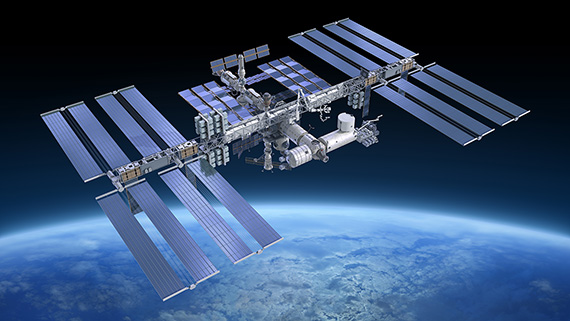
The International Space Station (also referred to as the ISS) has been orbiting earth for more than 20 years and collecting long-term data about earth and how it is changing. The ISS uses various tools, such as radars, sensors, cameras, satellites, and much more to observe earth and collect data. So how can the ISS help?
Explore in the following examples to find out.
Algae Blooms
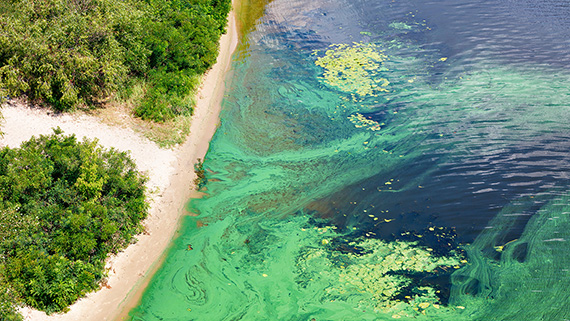
The ISS created an algorithm to detect harmful algae blooms caused by rising temperatures. When scientists predict algae blooms, or detect them sooner, they can work to prevent the negative impacts on ecosystems.
Ozone Layer

Devices on the ISS track the ozone layer. They also track lightning and how much energy from the earth goes to the sun. This helps scientists to make models that show how the climate is changing.
Natural Disasters
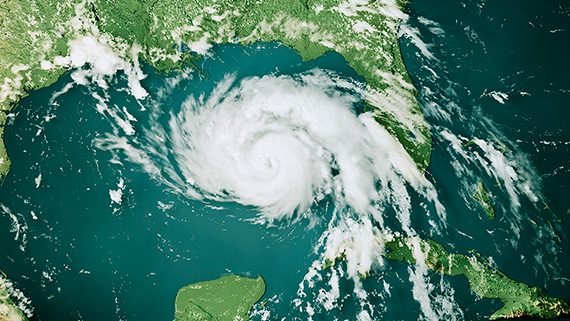
Images taken from the ISS natural disasters. Scientists work to make connections between climate change and natural disasters.
With this information, scientists and experts can work to combat climate change, keep the planet safe, and avoid negative impacts that may happen in the future.
Consolidation
Learning check!
Select the correct answer, then press “Check Answer” to see how you did.
Pause and Reflect
Pause and reflect
What are some key concepts you would share with someone that is starting to learn about space exploration technology? Summarize your information and share with a partner, if possible.
Do you have any additional questions about space exploration technology? What would you like to learn more about?
Reflection
As you read through these descriptions, which sentence best describes how you are feeling about your understanding of this learning activity? Press the button that is beside this sentence.
I feel…
Now, record your ideas using a voice recorder, speech-to-text, or writing tool.